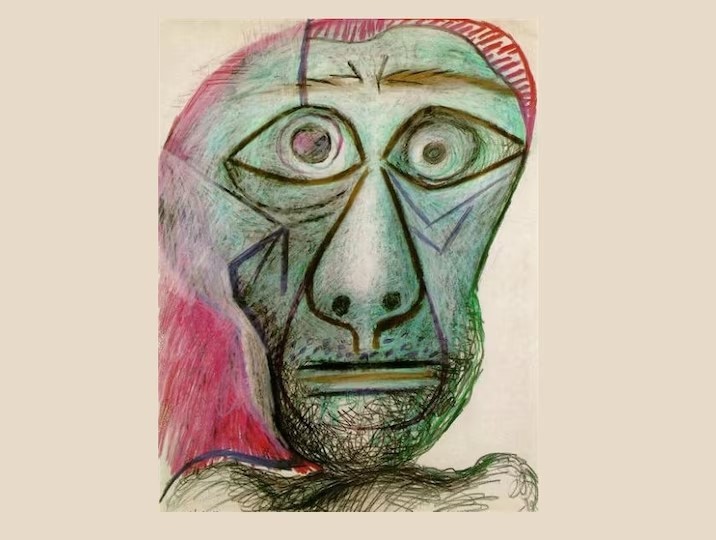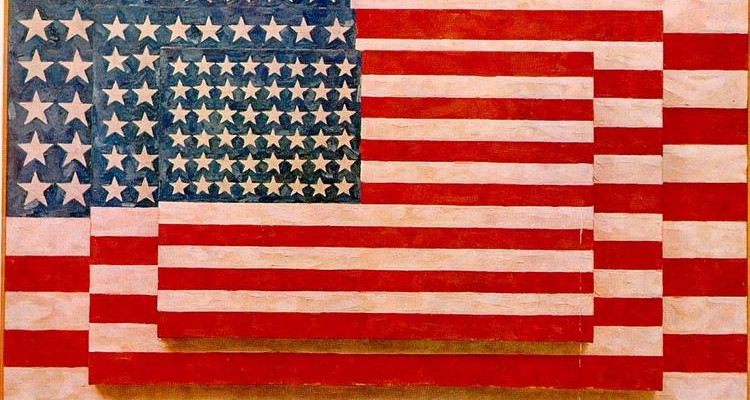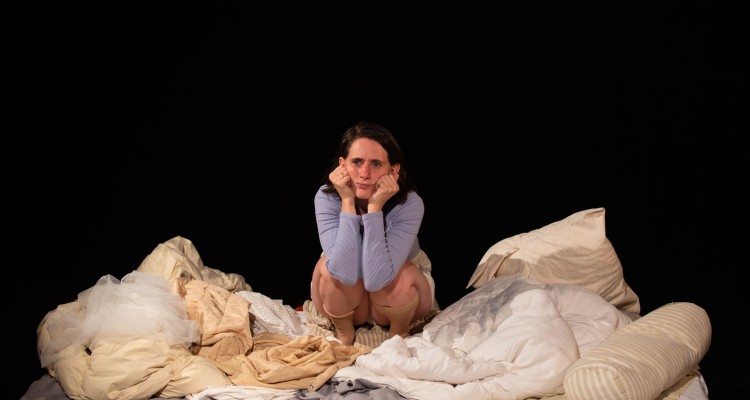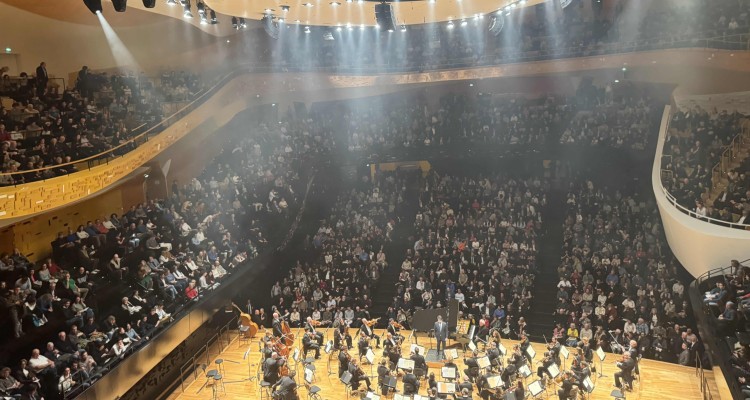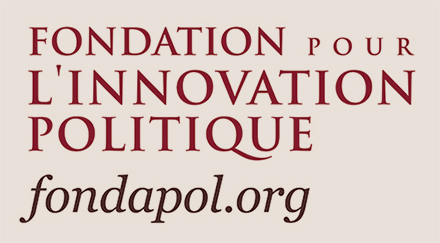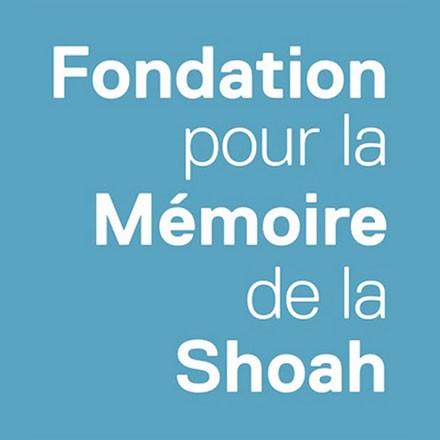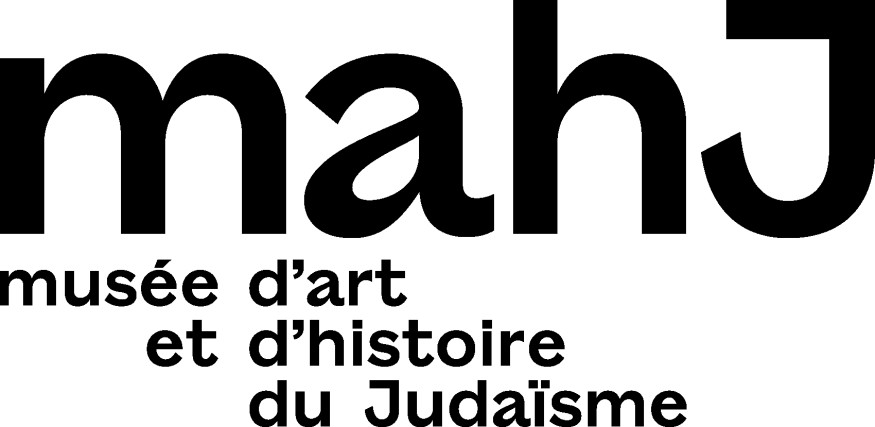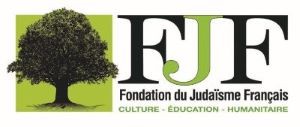Every week this summer, K. brings you a selection of texts that have already appeared in our pages, but have been brought together for the occasion around a few key themes. This week, we invite you to (re)discover some of the first-person accounts written for K. With texts by Ruben Honigmann, Yossef Murciano, Judith Lyon-Caen, Judith Offenberg, Ivan Segré, Gabriel Abensour and Frédéric Brenner.
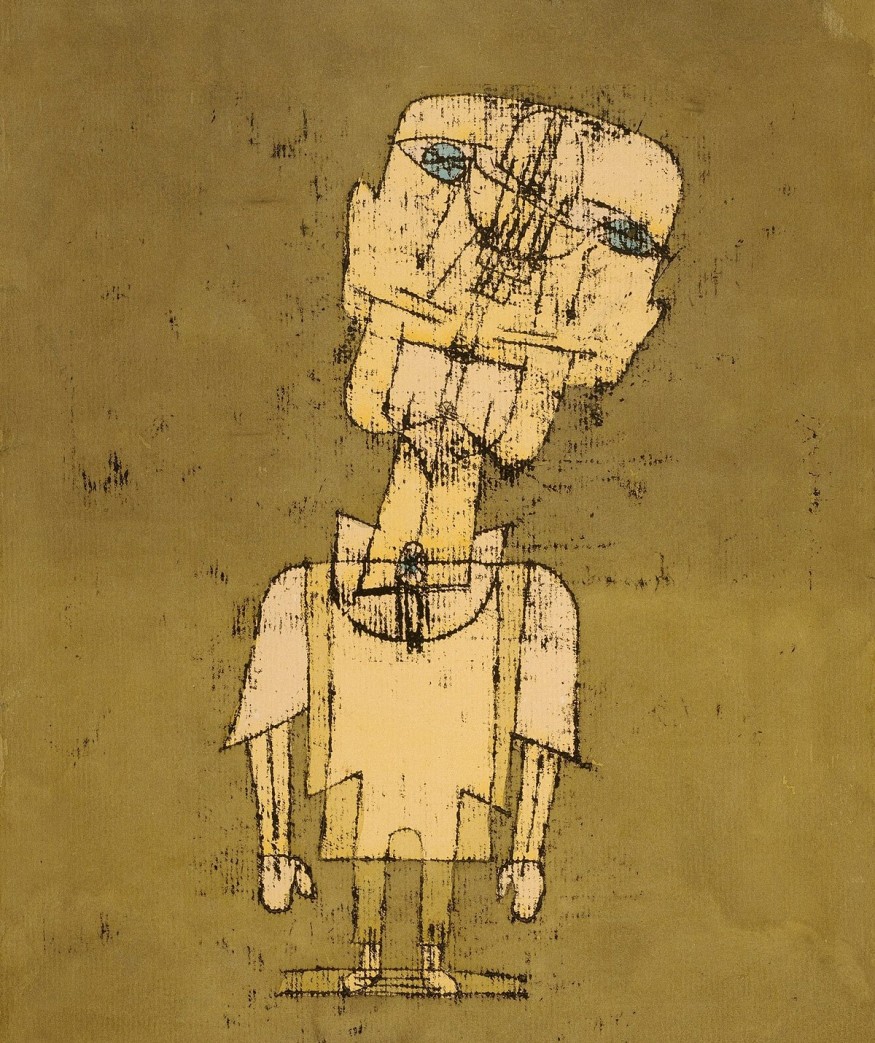
October 8
Ruben Honigmann – Published March 28th,
What happens when the carelessness of ritual festivities comes to an end, and the merciless course of history takes over? In this text, Ruben Honigmann gives us an intimate account of the weekend of October 7-8, a weekend where the full extent of the event is not realized until the cell phones are switched back on. He makes this temporal and existential time lag an integral part of the turmoil of the Jews, who are condemned to limp along until the dawn of the 9th.
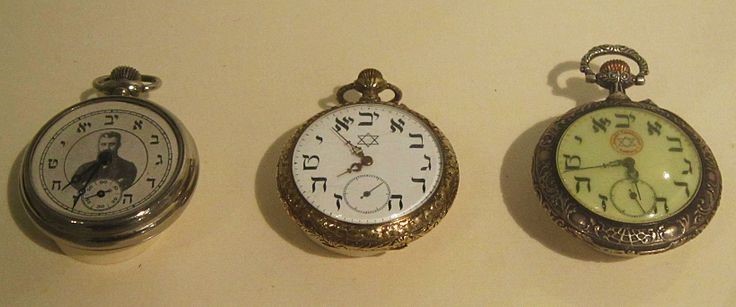
>>> Read Ruben Honigmann’s text
Arabic: my dead Jewish language
Yossef Murciano – Published June 6th, 2024
Méssaouda is an Arab-Jewish great-grandmother who has just passed on. Yossef Murciano, her great-grandson, remembers her history, her humor, her language, and, above all, the memory of a lack of understanding. In this text, the distant descendant recalls his strange familiarity with Moroccan Jewish culture, in which he has been immersed all his life, without ever really knowing it.
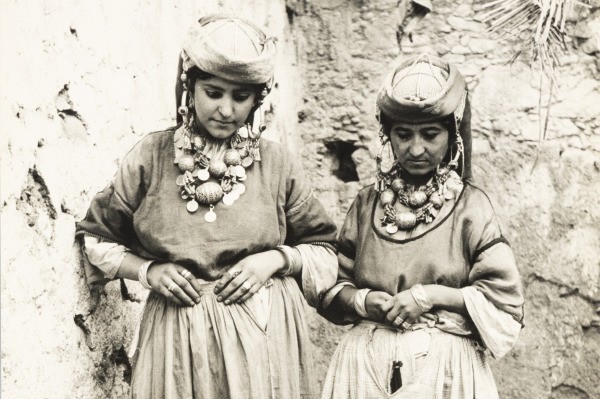
>>> Read Yossef Murciano’s text
The Other Shoe – on the Duality of War and Life
Judith Offenberg – Published April 26th, 2024
It is the calm after the storm. / It is the calm before the storm. / We know what happened. / We got back to normality. / We know what is yet to come. / We will lose said normality. / War is here, and more is coming.

>>> Read Judith Offenberg’s poem
The return of the little “h” (typographical slips and antisemitism)
Judith Lyon-Caen – Published June 20th,
For Jews, the current political situation gives the impression of being caught in a bind, as if it were impossible to position oneself without betraying oneself. In this text, Judith Lyon-Caen bears witness to the doubts that beset her, and to the way in which one too many of a simple little “h” can mark the impossibility of breaking free from it.
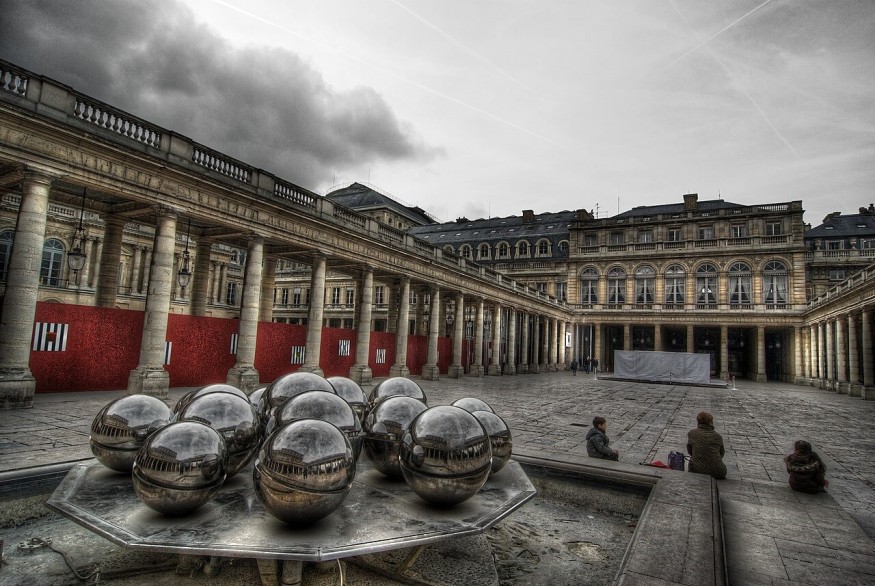
>>> Read Judith Lyon-Caen’s text
A sense of disarray hangs in the air—reflections on contemporary French Judaism
Gabriel Abensour – Published February 29th,
Gabriel Abensour believes that Franco-Judaism has forgotten its spiritual heritage. Deploring the adoption of an ultra-Orthodoxy that rigidifies practices and minds, and criticizing the lack of audacity of the institutions representing the Jewish community, he calls for a revival of a Judaism that knows both the value of revolutionary universalism and the intellectual richness of Sephardic civilization.

>>> Read Gabriel Abensour’s text
Without the leaves, I would not have started.
Frédéric Brenner – Published September 15th,
Following more than forty years of photographic storytelling of Jewish life around the world – and also a legendary film: The Last Marranos the internationally acclaimed photographer Frédéric Brenner has spent the last three years exploring Berlin — a stage for a vast spectrum of expressions and performances of Judaism. Zerheilt: Healed to Pieces is the name of the recently opened exhibition at the Jewish Museum in Berlin and the book that comes with it. It features images of equally fascinating and emblematic figures of a strangeness of the Jewish presence in Berlin today – such as this picture of a man who had the first pages of Adorno’s Minima Moralia tattooed on his back. “Experiencing strangeness” is one of Frederic Brenner’s formulas for defining his work and leads him to publish his images without captions. For him, they are “crutches that say nothing essential and deprive us of a knowledge through our imagination”.

>>> Read Frédéric Brenner’s text
The two poles of Jewish identity
Ivan Segré – Published January 25th,
Should a Jew who transgresses the Shabbat without being aware of his existence atone for it? Starting from the problem of a self-conscious Jewishness, Ivan Segré examines the bipolarity of Jewish identity, between the facticity of genealogical inscription and the radicality of subjective affirmation. In so doing, he sheds light on the Jewish articulation between individual and collective emancipation: it was not because he knew he was Jewish that Moses decided to leave Pharaoh’s house, but in doing so, he already was…
